Lead Extractions
Cardiac Implantable Electronic devices (CIED) have revolutionized medical care and allowed patients to clearly live longer. These include patients who are pacemaker-dependent, patients with severe symptomatic congestive heart failure, and patients who are at high-risk for sudden cardiac arrest including those prior survivors of sudden death and individuals born with inherited genetic high-risk cardiac conditions.
There is estimated over 7 million CIED devices worldwide including over 13 million leads. Annually, over 700,000 new devices are implanted including over 1.4 million new transvenous leads.
As our population ages, so do these implantable devices and their associated leads. These transvenous intracardiac leads are thin insulated wires that attach to the heart muscle. Despite their reliability, these leads and the devices may need to be removed.
Reasons for lead and device removal include:
- Lead failure – While cardiac leads are very reliable, over time they may fracture or malfunction or may need to be replaced as a result of significant localized trauma including accidents.
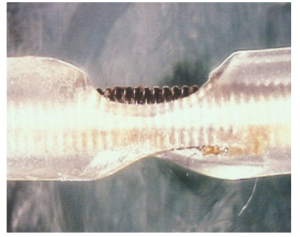
- Venous obstruction– At the time of device replacement or upgrade with the need for new transvenous intracardiac leads, if there is noted venous occlusion then lead extraction of the present leads may be necessary in order to implant the new ones.
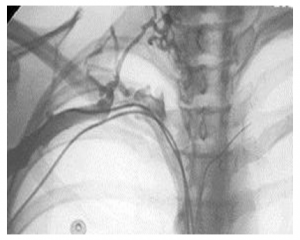
- MRI compatibility/contraindication and/or Redundant leads – With the presence of prior abandoned pacemaker or defibrillator leads, this may pose a contraindication to medically necessary MRI scans. MRI can be the gold standard diagnostic tool for various medical conditions – including for orthopedic, neurologic, and oncology conditions. It is estimated that up to 75% of pacemaker patients will need an MRI over the lifetime of their device.
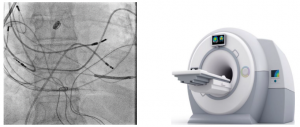
- Need for Localized radiation therapy – Localized external beam radiation for cancer treatment at the site of a previous implanted CIED device may be a contraindication secondary to possible circuitry damage. Please speak with your local cardiac electrophysiologist for further specific recommendations as every case and situation is different.
- CEID Device infection – Complete removal of all hardware is recommended treatment for patients with established CIED device infections, regardless of location – this includes for localized device “pocket infections” with no signs of system infection. Despite the estimated <0.5% rate of infection for new implants, there is a higher risk of infection for device battery replacements and upgrades estimated by literature as anywhere from 2-7%.
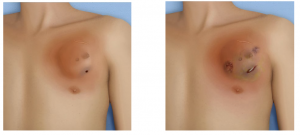
Laser lead extractions in the contemporary setting have improved in safety and efficacy. The clinical success rate with laser lead extractions (via the Spectranetics system) is estimated at 98% with a less than 0.5% mortality rate in major clinical studies (LExICon Study: A Multicenter Observational Retrospective Study of Consecutive Laser Lead Extractions, JACC 55: 579-586).
Please consult your physician for further recommendations as every case is unique and a thorough discussion of treatment options is essential.
Video: How a laser lead extraction is performed



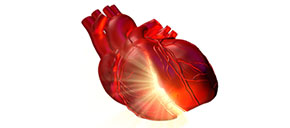

 Silver Spring Office
Silver Spring Office  DC Office (at Providence Hospital)
DC Office (at Providence Hospital)  Hagerstown Office
Hagerstown Office